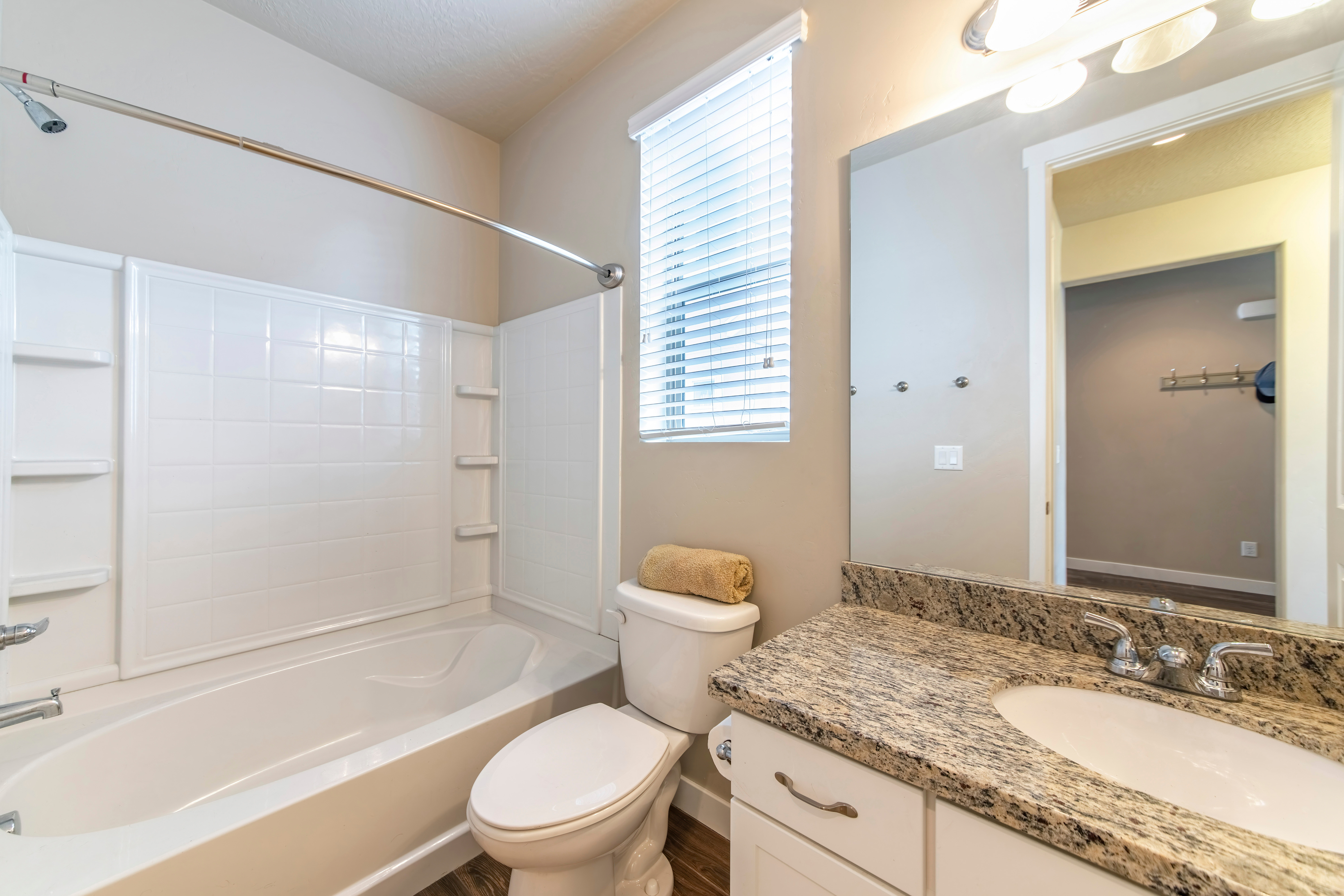
Get transparent sewer line camera inspection cost info. Learn what impacts pricing and how to budget for this essential home maintenance.
Stop digging for sewage and install a septic tank riser


A septic tank riser costs $200 to $400 including installation.
Risers cut labor costs because they save septic contractors time.
Installing a septic tank riser is not a DIY project.
Septic tank risers come in concrete and plastic styles.
If you’re someone who depends on a septic tank, you know they’re buried deep into the ground and can be difficult to locate and access when it’s time for maintenance. As a result, you could end up having to pay hefty digging fees and labor costs. The good news? With a septic tank riser, you can locate and maintain your septic system quickly and put that money back in your pocket. Keep reading to learn more about what a septic tank riser is and how it can make maintaining your septic system that much easier.
A septic tank riser is a pipe made of plastic or concrete that extends from your septic tank to the surface of your lawn. The riser connects to the septic tank through an access port or pumping opening. Risers contain lids you can open easily for inspection, maintenance, and pumping, which eliminates the need to dig up your yard.
In general, septic system manufacturers recommend inspecting your septic tank every year and pumping every three to five years. But when your septic system doesn’t have a riser, you could incur unnecessary costs.
Without a septic riser, the septic company you hire will have to dig every time you need pumping or service. They’ll also need time and money to cover up the digging when the work is done. A septic riser will cut down on the overall amount of work needed, not to mention the intrusion in your backyard.
Installing a septic tank riser that’s visible to the eye helps the contractor immediately access the riser lid, insert the pump hose, and get to work. This means they can leave their heavy equipment at home, which saves you from paying significant labor fees.
When installing a septic tank riser, you’ll only pay for labor and materials at the time of installation. A septic tank riser pays for itself with the money you’ll save on yearly inspections and regular local maintenance. After installing the riser, you can minimize its visual impact by installing safe septic tank landscaping around it, like a flower garden consisting of plants with shallow roots or grass.

Septic tank risers measure eight to 24 inches and come in various concrete and plastic styles. Each style has its advantages and drawbacks.
Concrete septic tank risers provide more durability, but they also have their disadvantages.
| Pros | Cons |
|---|---|
| 40-year life span | High labor costs and expensive up front |
| Sturdier than plastic | Difficult installation |
| Less maintenance than plastic | Susceptible to corrosion |
Plastic septic tanks risers come in PVC and polyethylene as well as other plastic styles.
| Pros | Cons |
|---|---|
| More affordable | Can be crushed under soil |
| Lightweight and easier to install | Not as sturdy |
| Won’t crack or erode | Needs more maintenance |
It’ll cost $200 to $400 to install a septic tank riser. You’ll pay double the price for double septic tank risers. Concrete risers cost more to install than plastic risers due to their weight, and the equipment required for installation.
You could save time by having a riser installed when you install a new septic tank. The right size of septic tank to install will depend on the number of people using it and the type of septic system you want to use.
A tank for a five-bedroom home with several people living in it should be 1,500 gallons or larger.
A tank for a three-bedroom home with a family of four should be at least 1,000 gallons.
A tank for an apartment or loft could be as small as 750 gallons.
The right size for your needs also depends on the purpose of the tank. If you’re looking for a tank size that will completely replace a sewer line, you’ll probably need a large tank to meet the household’s full wastewater needs. If you have a damaged sewer line, a new septic tank might be preferable to the cost for sewer line replacement or repair.
If you are instead looking to build an in-law suite or add an apartment garage in a remote area of your property, you should investigate the cost of installing a small septic for a garage apartment.
Adding a second, small tank might be cheaper than adding more waste into the main septic system. The additional waste could force you to install a new, larger main tank or to check if the septic tank is full more often (which can be pricey unless you have a riser).
Ultimately, determining things like the correct size of the tank and whether you need a septic dry well versus a leach field to serve that tank is advice that a local septic tank company can provide.
The good news is that the septic tank riser installation cost doesn’t change based on the size of the septic tank you’re using.
Because of the complexity of septic tank installation, it doesn’t make for a good DIY project. While you can buy all of the materials online to self-install, there are many safety risks of a DIY installation. Opening a septic tank access can release noxious gasses and potentially knock someone unconscious. Additionally, waterproofing and making sure the risers are secured together can be tricky without training.
If you’ve bought a new home or don’t know the location of your septic tank, a local septic tank contractor can find your tank with an electronic locator or a soil probe. They’ll dig up the area around the access hole, then refill the ground around the pipe and place a lid on the upper part of the riser for easy future access.
It’s fair to say that an easily accessible septic tank is beneficial for all homeowners (unless you enjoy all that extra digging in your backyard to find it). That said, if you don’t currently have a septic tank riser, it’s probably best to wait until the next time you need maintenance to install one. This way, your backyard will only have to be dug up once to pump the septic tank and install the riser.
You can also time the installation of a new riser with the need for a new tank. Although the riser installation is not nearly as expensive as that of a new tank, it doesn’t make financial sense to install a new riser if you’ll need a whole new tank within a year or two.
From average costs to expert advice, get all the answers you need to get your job done.

Get transparent sewer line camera inspection cost info. Learn what impacts pricing and how to budget for this essential home maintenance.

Need to know what sewer line replacement costs in Austin, TX? This guide will help you prepare to budget for sewer line replacement done by local contractors.

The average cost to connect to a public sewer line in Los Angeles, CA, depends on the linear footage, piping material, local regulations, and more.

Need to know what sewer line replacement costs in Houston, TX? This guide will help you prepare to budget for sewer line replacement done by local contractors.

Cleaning out clogged or dirty septic field lines is a quick job for a seasoned pro. Learn what makes up the total cost to clean septic field lines

Knowing your septic tank’s location can help you prepare for maintenance, renovations, and more. For tips on how to find a septic tank, check out this guide.